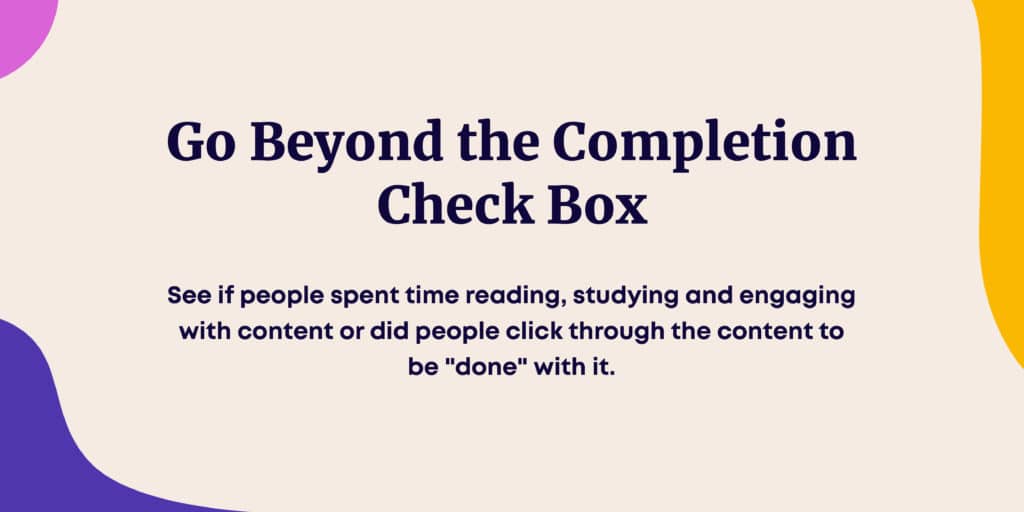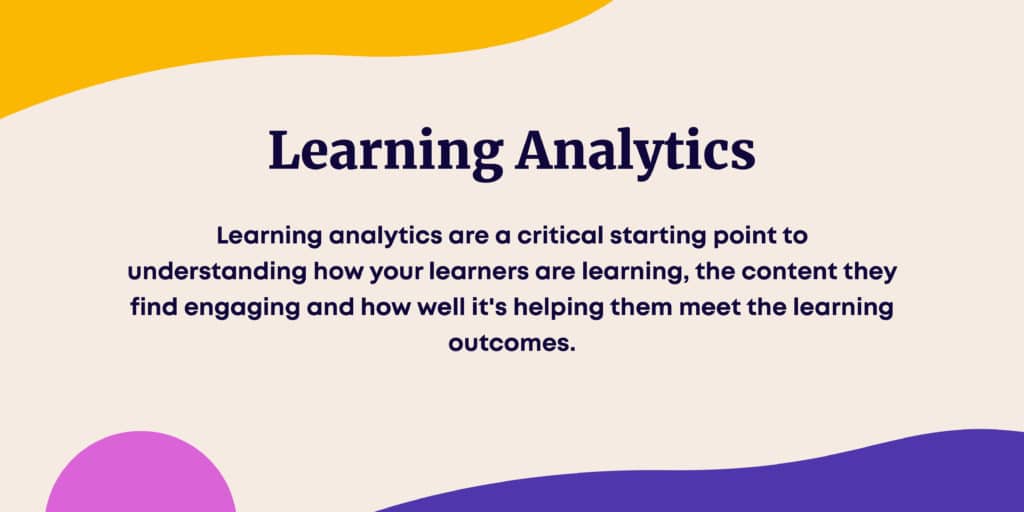How to make your corporate training more successful? When a story comes to mind about corporate training, it is often followed with, “I can’t believe we paid so much for that, and they got nothing out of it!” We hear horror stories about poorly planned corporate training programs resulting in wasted time and money.
Companies spend billions on corporate learning every year. Yet, the results are too often re-work, low employee engagement and high expectations versus realistic outcomes.
In a world where the workforce is becoming increasingly mobile and virtual, more employees are interested in learning and development and the promise of flexible online training. On the other hand, companies have a lot of information to pass on, compliance training, onboarding, product update, and sales guidance.
Companies see training and professional development programs as valuable to the bottom line and talent retention. The flexibility and cost-effectiveness of doing this at scale with online training make investing in training all the more attractive.

But how can you ensure and measure the effectiveness of your online training? What steps can you take to ensure that employees are getting what they need to succeed from their time spent on an online course?
In this article, we’ll go through 3 of the most common questions we are asked and provide some answers on how to approach them.
What should I measure in corporate training?
When you start planning your training program, you want to see how it impacts your organisation from the financial point of view and how it fits into the organisation’s culture. To better understand how your investment in training saves you money, start by listing down what you hope to change with the corporate or even online training program.
Some examples of financial impacting metrics for your training include but are not limited to shorter onboarding, better onboarding, fewer mistakes in the assembly line, fewer accidents at the worksite.

Do different types of training programs have different business impact?
Some training has a direct impact on the results you can observe in action in an organisation. For example, you might introduce a new product or service and build training for your salespeople to learn about the product deeply enough to sell it. The success of that training can be seen in the increased sales or market share for that product.
In some other cases, for example, onboarding, it might be more challenging to observe the impact as directly. In this instance, by combining multiple different data points, you can still measure the impact of the training.
For example, all soft skills training impacts can be seen through different data points. Like, job satisfaction, customer feedback or other metrics. It’s essential to find those metrics because, without these, it’s challenging to tell if the training has been successful or not.

A final example is courses that provide a general update and convey information. A course on information security training might have an organisational goal of a 100% completion rate. It is just enough to know that everyone knows the principles of information security at work.
In this case, having an online learning platform that allows you to see the study patterns would be critical. Go beyond the completion check box and see if people spent time reading, studying and engaging with content or did people click through the content to be “done” with it.
Good metrics vs Bad metrics or Vanity metrics
Good metrics of successful training programs are something you can observe outside of the course. That would include the number of sales for specific items, the number of safety incidents reported, or less well-being-related sick days said.
These are good metrics because they will allow you to see change and count the training price. If investing 10 000 to build better product training for your salespeople results in a 5% rise in sales in the first quarter, it has undoubtedly paid itself back with interest.
Usually, the impact is confused with other course-related metrics. For example, “95% of employees should complete this training” as your only success metric is not something that will tell you about the impact of training. This can be manipulated by making the passing criteria so low that even more than 95% of employees will pass the course.
The same applies to course feedback; measuring how well people liked the course is great, but that’s only a part of the picture. It’s essential to combine the metrics from the online learning platform, self-reported data like the feedback with other available data points.
When you have access to the sales data, survey data or performance of maintenance workers, you can then look back to the course: did the ones who improved most behave differently during the course? Did they do more assessments? Did they comment more? This will be helpful when improving the training and when you want to understand better your participants’ expectations, capabilities, and skills.
Five takeaways
- Start with a Clear Vision – It helps you focus your efforts towards achieving specific goals. You need to know what you want to accomplish before embarking upon any training initiative. Define success based on measurable outcomes such as an improved performance score or increased sales revenue.
- Define Your Audience – Who will benefit from this initiative? What do they already know about it? How does it fit into their current knowledge base? The key here is to understand your target audience well enough to know what it wants and needs. You need to identify who will benefit from this particular training program. Learn more from Learning designer Chris’s article on how to Create E-learning content that actually works.
- Identify Key Performance Indicators – What metrics will you set to ensure that your vision is met at the project and course level. More importantly, what metrics will tell you when the training is going off track.
- Avoid vanity metrics. Another set of course completion certificates on your wall will not automatically save the organisation money.
- Combine learning data with other organisational data sources.
Conclusion
Corporate executives expect learning and development programs have a much more significant impact on improving performance than they do. The reality is that corporate training programs typically don’t make an impact at all or only provide minimal value (we define this as less than 5% improvement) on average. Second, corporate leaders are the key stakeholders in learning and development because they set the expectations for training!
What should learning developers and professionals take away from these results? First, it’s time to work with your C level clients who control your budget to identify what measurable results you can realistically expect from the learning and development programs. In turn, make these metrics and desired results the starting point for forming the expected learning outcomes for each training program.
Second, learning and development managers and online training designers have to measure better the impact learning makes on corporate performance. Otherwise, corporate executives will be disappointed with learning results, resulting in less budget in future years.

Finally, learning analytics are a critical starting point to understanding how your learners are learning. The content they find engaging and how well it’s helping them meet the learning outcomes.







